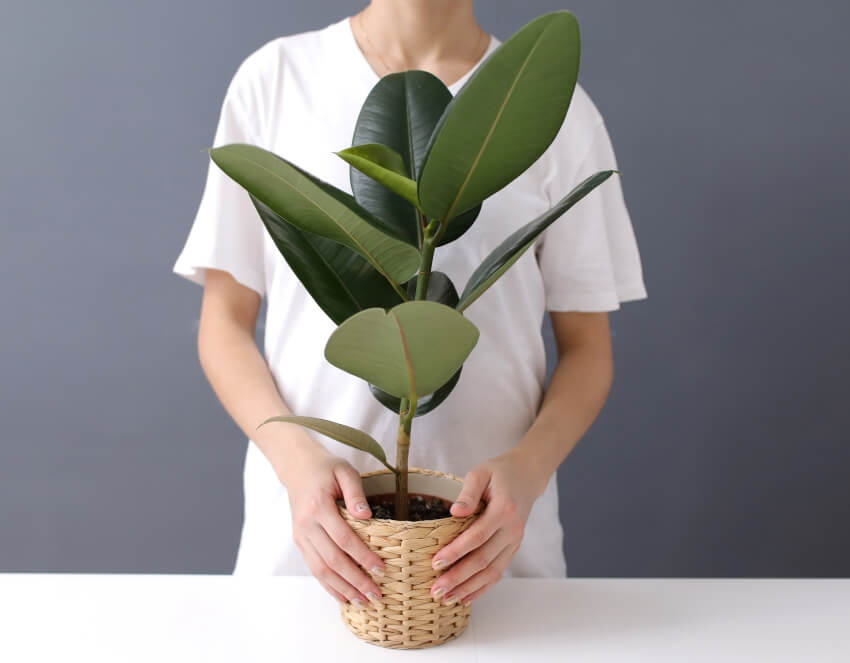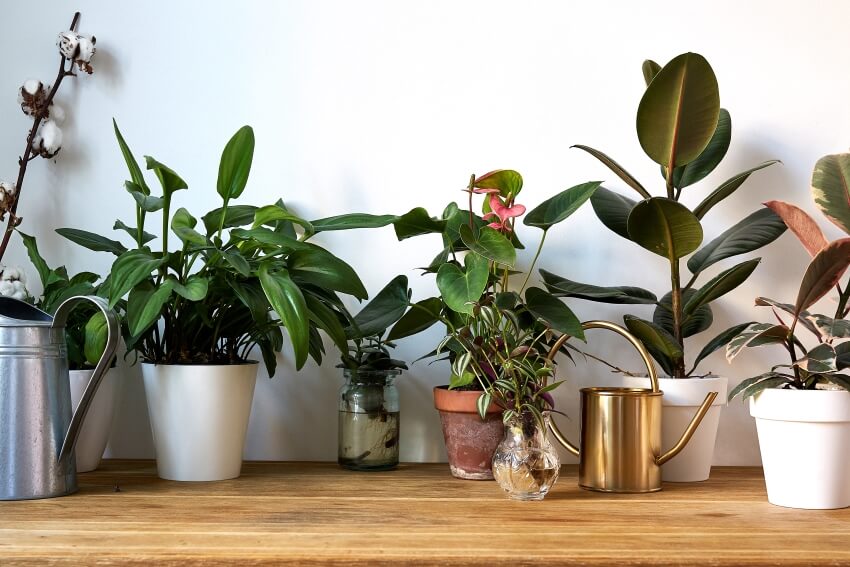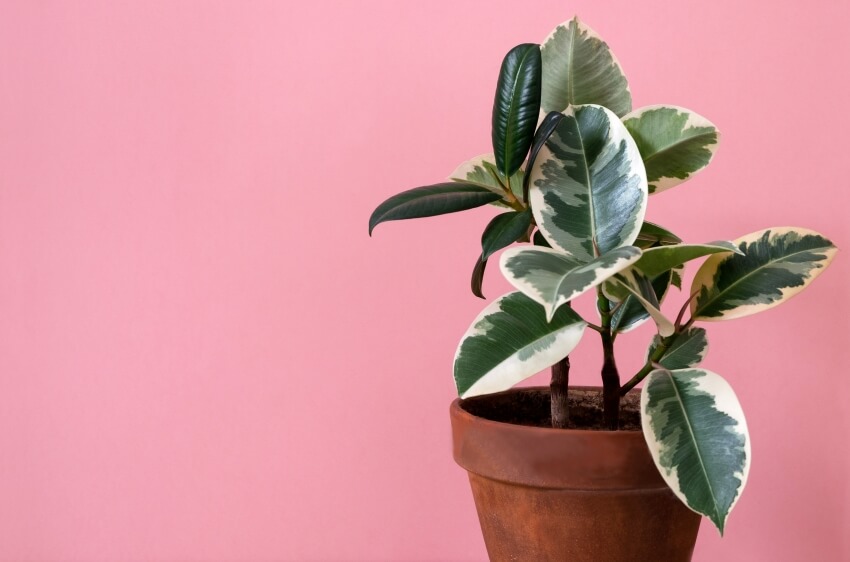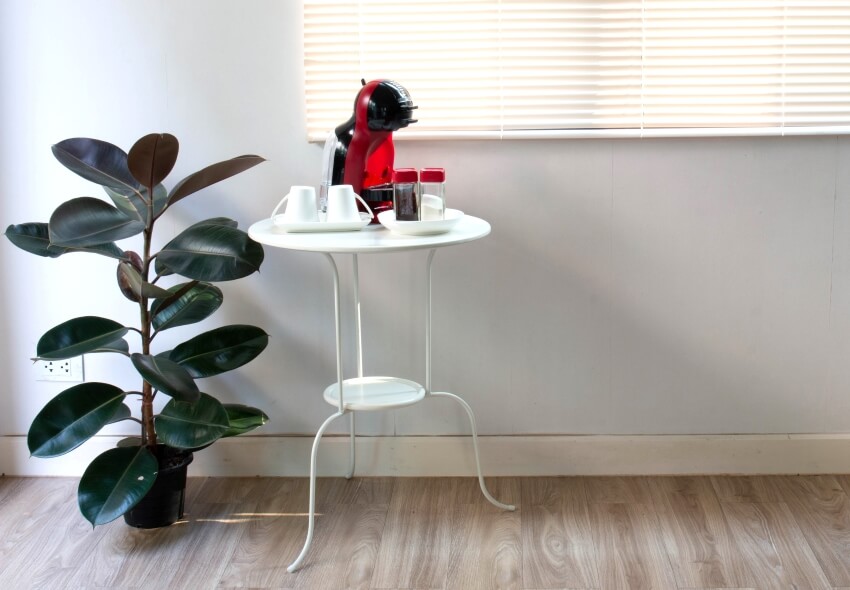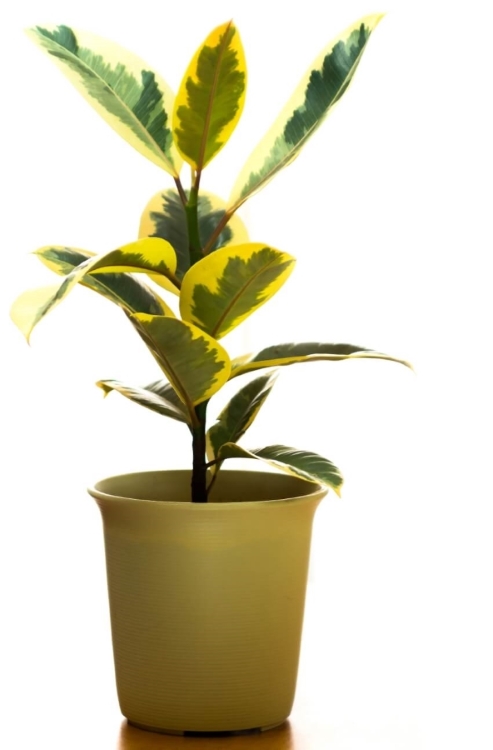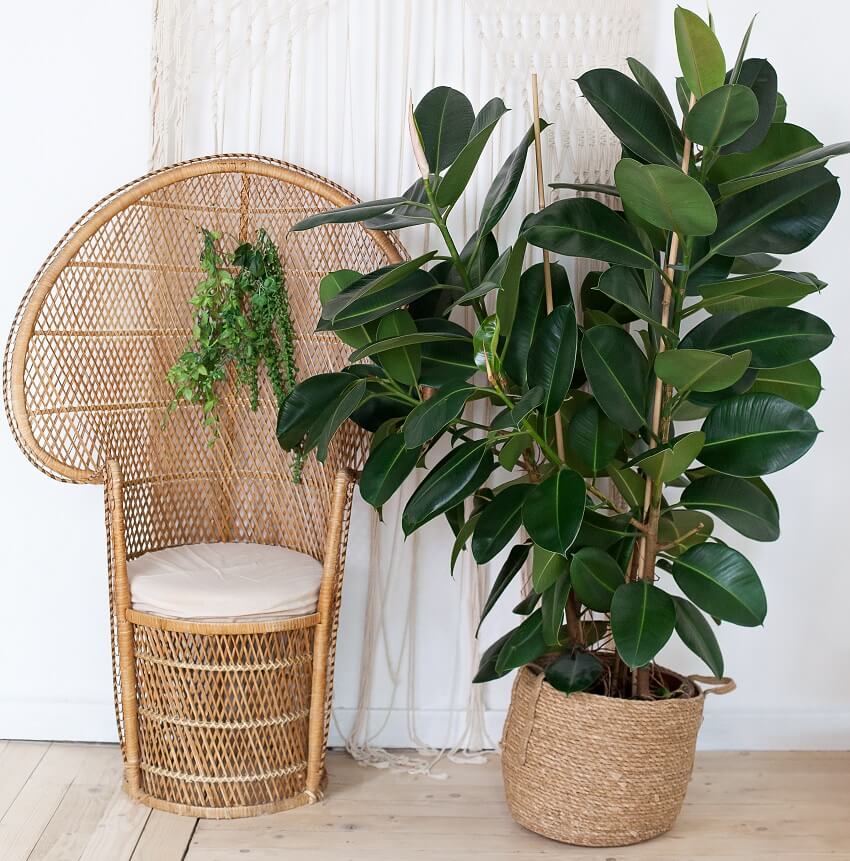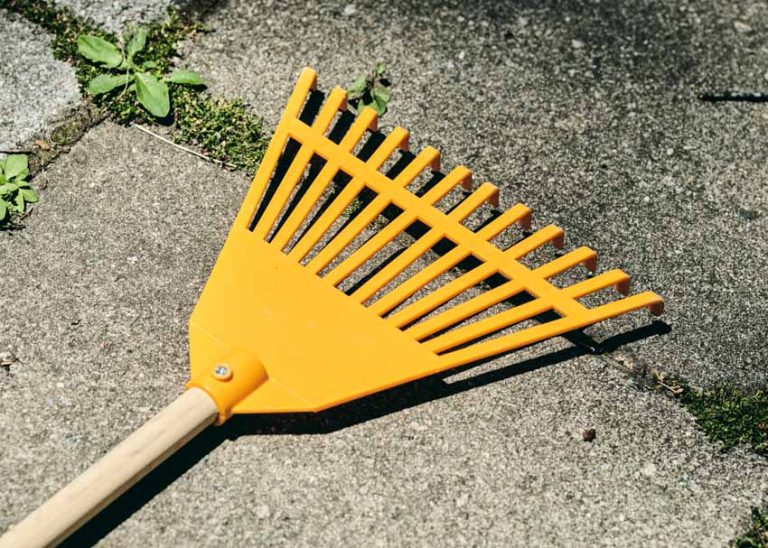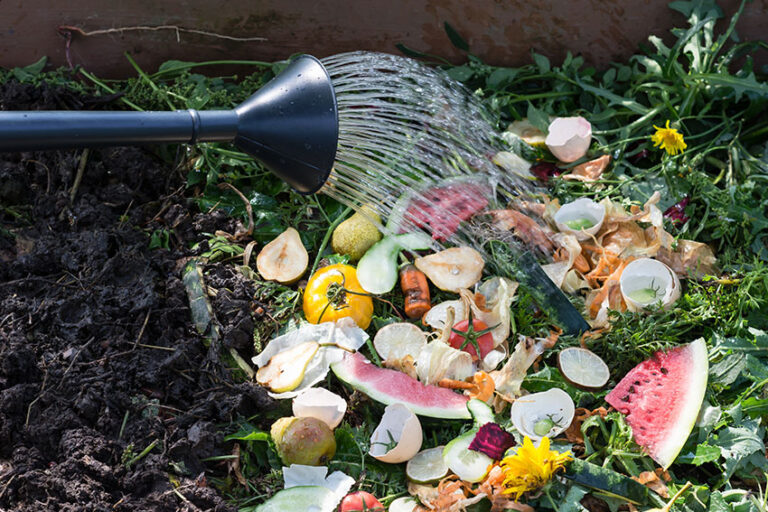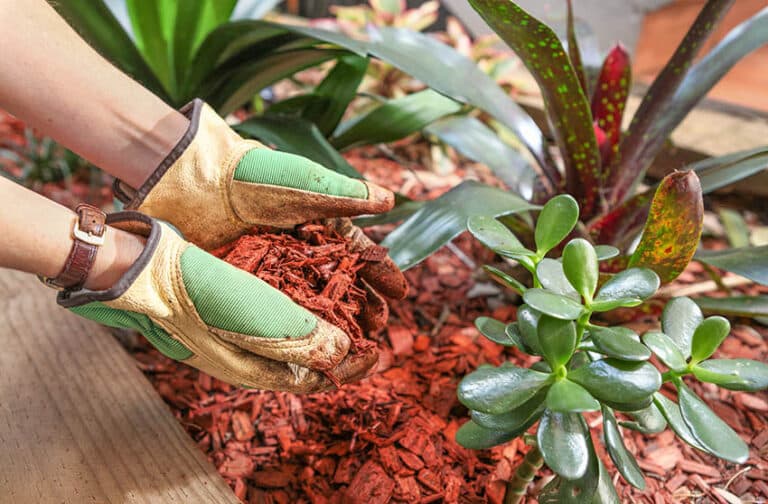Types of Rubber Plants (Houseplant Guide)
Find out the different types of rubber plants with planting tips & ideas for the best soil & pots to use, how fast they grow indoors, and how to care for your rubber plants.
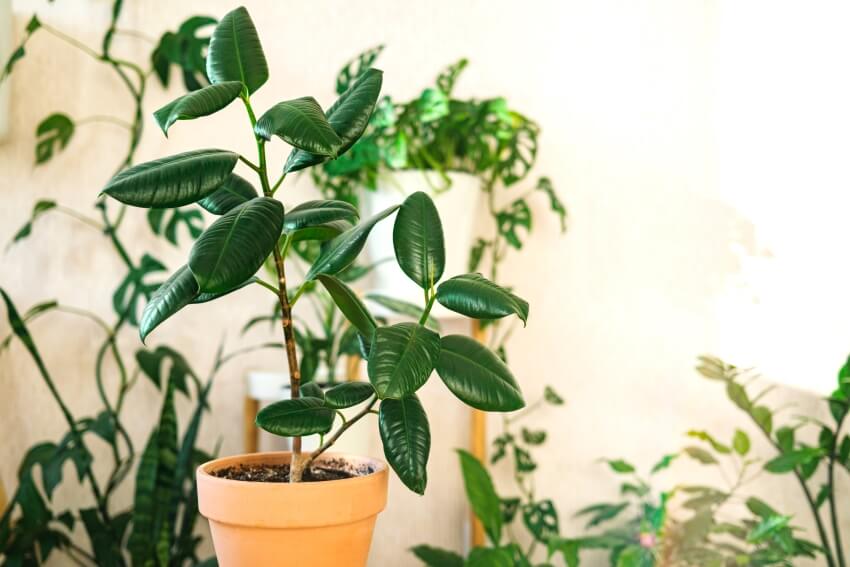
Rubber plants are the epitome of the perfect house plant. They have aesthetic appeal, easy maintenance requirements, and fascinating growth patterns.
Rubber plants were originally native to early Mesoamerica, used by indigenous peoples for creating a natural latex used for a wide variety of applications, including making rubber balls for games. Since then, the rubber plant has come quite a long way, landing quietly into the homes of countless gardeners.
Long revered for their elegance, rubber plants make excellent house companions. They can be placed nearly anywhere in a home, even in low light conditions, although differences in light can cause differences in growth patterns.
However, once you find the right balance for your rubber plant, it will happily thrive under your care. It is a good idea, however, to decide which species works best for your home and how they like to be cared for.[toc]
What Is A Rubber Plant?
A rubber plant is anything within the ficus Elastica family, which actually consists of over 1,100 species, despite the fact that most nurseries and big box stores only carry a few. To be fair, most of these species are wild, meaning they have never been cultivated and bred for living in indoor climates.
Nonetheless, the small handful that have been cultivated and even hybridized into new species are what we’re here to talk about! If you’ve never seen a rubber plant, you’ve been missing out. All species resemble each other in most ways physically, so it’s easy to spot one if you’re familiar with their distinctive shape.
Essentially, all rubber plants boast pointed, oval-esque leaves, and display any colors from a range of deep emerald to green with light pink spots for variegated varieties. Typically, there will always be an opening leaf or two, as these plants are natural climbers and want to reach as high as they can.
The ones you may be thinking about purchasing, or perhaps that you already own, are those that have been bred to resist their climbing nature in favor of a stunted, shrub variety that looks fantastic in a container.
Although these plants are bred not to climb as they do high up into tree canopies in nature, they still can grow quite tall, which is why pruning from a small start is important.
There are several points such as this that are a necessity to know beforehand, but if you’re reading in an effort to help your existing rubber plant, then this is for you as well!
Rubber Houseplant Varieties
While your local plant shop may only carry a few varieties of rubber plants, there are endless species to choose from that are optimized to grow well in your home.
This allows for a more vast catalog of available varieties that can thrive in low light and humidity conditions, similar to how we keep the environmental controls in our homes.
Some species require different care than others, so keep this in mind when shopping for the perfect plant. See our top picks for the best low light houseplants for more ideas.
Availability often depends on the ebb and flow of houseplant trends. Sometimes, variegated varieties are in style, while plain deep green can be most popular at others.
No matter the trends, however, you can almost always find what you’re looking for online from reputable sellers with experience and who also follow ethical sourcing practices.
Always ensure that wherever you obtain your new rubber plant, you should ask how it was sourced and raised. Never purchase plants that are wild collected. On that note, here are a few that are great for raising indoors as houseplants:
Robusta
The simplest of all domesticated rubber plants, Robusta is the most standardized variety available to the public. It can thrive in almost any light levels, survive infrequent drought, and even grow in sharply changing conditions, such as temperature drops indoors at night.
Nevertheless, it ideally should be offered at least filtered sunlight, as well as watering frequently enough to allow for even growth. See our guide to indoor plants that like direct sunlight to get more ideas.
Doescheri
This variety literally never goes out of style, especially due to its intriguing colors and pigment patterns. Its leaves range in color from the center out in increasingly lighter shades of green, although the patterns resemble a sort of camouflage.
Doescheri could easily make a conversation-starting centerpiece, or it could be placed to help pull out the contrast between neighboring plants. Either way, this one is a stunner!
Black Prince
It’s easy to guess by the name that this species consists of dark hues and sultry stems. The leaves of this one are such a dark shade of green that they appear black in some light. Meanwhile the contrast of the deep ruby color of the ever-unfurling new leaves sets off a color combination that enhances any space.
The less light the black prince variety receives, the darker the foliage; however, not enough light may prevent new leaves from forming and developing properly.
Red Ruby
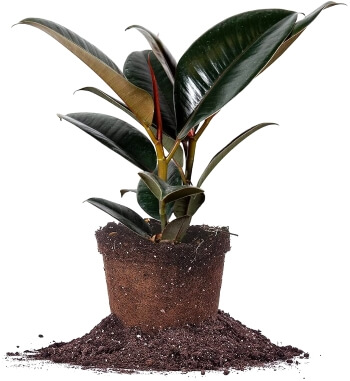
Just like the Philodendron Pink Princess, this species hit its peak popularity somewhere between 2017-2019. Plant fanatics went bonkers in search of a small stem piece to propagate when it was difficult to find.
Fortunately, this man-made hybrid is now easy to source since the market became flooded with sellers while the hype was up.
The allure is purely for the pink to red tones reflected in the edges of the leaves; the shades of red contrast beautifully with the emerald green natural hues of the plant, which makes this species a color phenomenon for the ages. Check out our guide to red indoor plants for a related article.
Yellow Gem
A slightly pickier species, Yellow Gem is easy to please if you have a large, sunny window and a lot of water to offer. Once again hinted in the name, this species has a much brighter, unique hue than others.
It releases a new leaf in a lemon-lime color palette every few weeks, making it one of the faster-growing and light-loving varieties available. This one does go in and out of style, though, so you may need to do some digging to find a true specimen.
Tineke
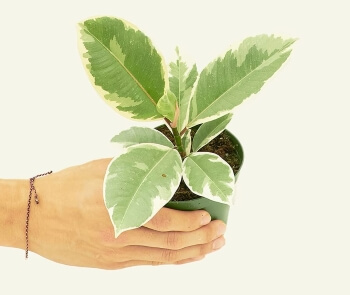
Last but certainly not least is Tineke, whose pastel shades inspire many with minimalistic spaces. This species would most definitely fit into a light-heavy room, especially with white or pastel paint.
Tineke looks incredible when placed near a pink-hued plant or on its own in a modern style planter. Not particularly needy, TIneke is also easy to grow and fun to own.
How Fast Do Ficus Plants Grow Indoors?
This is one of the most commonly asked questions when it comes to rubber plants. The rate at which indoor rubber plants grow depends entirely on their growing conditions.
However, in most cases, it’s safe to say that rubber plants grow exponentially faster than most other common houseplants. They grow without a doubt, faster even still with proper care.
Although most rubber plants grow quickly, you should note if your plant is not growing well; it may mean that you need to address an issue of light, water, or nutrients.
In an average home, rubber plants can put on up to 5 new leaves in a single growing season in perfect conditions. Some species may grow up to 10 or less than 3, but most will try to add as much height as possible before their dormant period, in which the leaves will still grow, but slowly.
Don’t be alarmed if your plant doesn’t reach this capacity from a small size ; it may be very young, or still growing primary roots. Growth can also depend heavily on how happy the rubber plant’s root system is, so be sure to provide the best container for your plant to allow it to establish a strong hold.
As rubber plants grow very quickly, pruning is an almost constant process. Since rubber plants grow to extensive heights in the wild, they still possess some of those attributes inside, as well.
Indoors rubber plants can become full grown trees reaching a height of 6 feet to 10 feet tall. Read more about indoor trees here.
To prune a rubber plant, simply snip just above the node where you would like the plant to begin branching out. From this point, a rubber plant will want to sprout a new branch facing the strongest available light source, so try to place your plant according to how you would like it to grow out, rather than up.
Best Types Of Pots To Use
Another ever-present question is what type of planter to use for a rubber plant to be its happiest. The answer to this question varies like the rest: it depends on climate.
If you live in a humid climate, you may be able to get away with a clay or terra cotta style pot, which allows moisture to travel through the porous material of the pot to provide the root system with a bit of extra fluid. However, this type of pot should be avoided in very hot or dry climates.
For desert climates or life in a sunny window, it may be best to stick to simple coated pots with drainage holes. Try for a sealed finish when possible to prevent moisture from evaporating too quickly for the plant to absorb.
In addition, make sure that there are adequate drainage holes to prevent the rubber plant from drowning, although this is rare. Try to think about how often you need to water your other houseplants, and use that as a guide to choosing the right planter.
No matter the material, it is imperative to provide enough room for a larger-than-average root system to grow. Rubber plants propel themselves up other plants in the wild, meaning they need a strong ground hold to keep themselves upright until they can latch onto another plant for support.
The pot you transplant into should always be at least twice the size of the root ball after it has been gently shaken out.
Best Type Of Soil
Nutrient-rich soil such as a peat-based with added rough sand or vermiculite for texture or similar to that in nature is best. This type of soil mix establishes a good medium for roots to grow, encourages healthy reproduction, prevents pests from settling in.
How To Care For A Ficus
Fortunately for beginners and brown thumbs alike, ficusplants require very little in the way of care and maintenance. Not only do they grow in less than favorable conditions, but they also don’t need any special fertilizers or pesticides to thrive.
If you’re someone who already has a collection of houseplants, then rubber plants will be a breeze for you! Here are a few of the essentials to know about caring for rubber plants:
Placement – Placement is key to owning a thriving rubber plant. Try to minimize the amount of direct, unfiltered rays that reach the leaves, which can be done by simply placing it near a sheer window curtain or slightly out of sight of a bright window.
Another huge trick is to turn the pot one-quarter of a turn once every week or two to keep things looking even all the way around the plant. Leaving it facing in one direction for too long will cause one side to thrive, while the rest look like they’re struggling to keep up with the competition.
Fertilizing – Rubber plants don’t particularly care for a large amount of fertilizer, so fertilizing every six months is ideal in most cases, unless you have a uniquely large specimen that requires quarterly feedings.
Fertilize with a general, complete fertilizer for indoor plants, and mix at ¾ strength to prevent any chemical burning. Always water lightly before and after applying fertilizer to additionally dissolve the fertilizer into all parts of soil. Fertilizing is best done just before and after growing seasons.
Repotting – Since rubber plants are motivated growers, it is necessary to repot them once per year. You can stick to doing this along with the rest of your houseplants in the spring, but repotting during the dormant season as needed is also acceptable.
Try to always choose a planter that is at least twice as large as the root ball, and even larger if you choose to place your rubber plant in an area of your home with brighter light. Repotting allows for more growth spurts and a healthy root system. However, be sure to choose a planter that best suits your environment!
Cleaning – If dust or grime is allowed to build up on leaves, plants have a hard time completing the photosynthesis process. WIthout the ability to absorb the light it receives due a layer of dust, rubber plants may begin to grow smaller leaves more rapidly to try to make up for lost light.
Avoid this by routinely cleaning the leaves of your rubber plant; you can either pop them in the shower, hose them off, or simply wipe away the grime with a damp towel, being careful not to damage any foliage.
Pruning – Since rubber plants have a tendency to grow out of control if left untrimmed, it’s best to do this at least once a year, but if yours seems to shoot up too quicky, then consider trimming twice per year. Find the spot where you’d like more branches to grow outward, then cut just above the node there.
If you have too many new stalks in one pot, you can take cuttings and grow them in water until they have solid roots. Use a rooting hormone to speed this process up, and always clean the water at least every other day to prevent any decay.
Pest control – Once in a while, a plant from a store or even a private grower can come with built-in bugs or fungi. Scale, spider mites, soil gnats, and even powder mildew can creep in onto your other plants, so it’s best to give your new rubber plant a good natural treatment before setting it loose with the others.
You can use a mixture of cinnamon and lemon in a spray bottle with water, or a natural and organic pest spray to help ward off any potential lingering pests.
If you do notice any on your rubber plant, keep it away from your houseplant collection until the issue is resolved to prevent the spread of infectious diseases and insects.
How to Care For Ficus In Winter
Winter is generally the dormant season for most rubber plants. During this time, rubber plants are focusing their energy on building and repairing their root systems and putting less effort into building upon their glorious foliage arrays.
The best way to ensure that your rubber plant has everything it needs in the winter is to prepare during the late fall, when plants are just starting to yawn and hunker down.
If you put your rubber plant outside during the warmer months, now is the time to bring it back inside. Try to avoid placing it near windows that get very chilly, but make sure that it has enough light to get by until the sun comes back around next spring.
Since rubber plants use less water in the winter months, avoid over watering by using a moisture meter to allow the soil to somewhat dry between watering. Before you know it, your rubber plant will be ready to stretch out and grow even more beautiful!
Visit our guide on indoor plants that remove toxins for more related content.

